by Lara Hurley
Fire Blight? Oak Processionary Moth? Dutch Elm Disease? No. It’s rogue traders, who probably pose the widest threat to non woodland trees and the quality of our urban environment today.
There is an impromptu knock on the door. On the doorstep, there is a dishevelled bloke clutching a handful of scrappy fliers. He looks at me and looks at the large, beautiful tree in my garden, ‘Want that lopping?’ he enquires, hopefully. Sometimes I play the game, act the dumb housewife he assumes he’s dealing with. ‘Why? What’s wrong with it?’ I ask, innocently. Often there follows a stream of unfounded miss-truths along the lines of; It’s too big; your house will subside and even that it’s dangerous. I listen, face blank, rage boiling inside me and then ask him to name the tree, genus, species and cultivar, in Latin, then tell me where he trained and to what level. If he can’t do that (and none has yet) I laugh, tell him he’s unfit to even be near a tree then politely and firmly slam the door in his bemused face.
Unfortunately, I then see the unmarked white van around the neighbourhood, the bloke and casually-dressed youngsters (they often flaunt health and safety too, no chainsaw trousers or visors here) dragging large branches in full-leaf out of people’s gardens. What is it that possesses otherwise sensible people to allow a complete stranger without any credentials onto their property to work on something irreplaceable for an unspecified amount of money? Would they let a bloke in claiming to be a plumber, ‘Sort your pipes out for you?’ or a hairdresser, ‘You look a bit of a mess today. Can I come in?’ No – I don’t think they would.
The landscape and arboricultural industries are plagued with unscrupulous rogue traders who prey on the innocent and impressionable public. Sadly, many of our trees are lopped, topped or cut down because someone has listened to some ‘advice’ from somebody trying to make a fast buck with a chain saw.
Garden trees are amenity features and although some have tree preservation orders, the younger specimens are rarely protected. Many will never reach their full potential because of unsolicited tree work. The quality of the landscape is affected, with knock-on effects on the house prices and the environment.
The work carried out is often barbaric. Lopping involves cutting the crown of a tree back, leaving ugly stumps where there were once graceful, arching branches. This promotes scrubby growth and the tree sprouts thin, whippy twigs where it was cut. These often need to be re-pruned more often than the original tree would have needed, (the exception being some trees in gardens and parks of cultural heritage value) and the growth is denser, losing any initial gain in light to a property quickly – another reason given for tree work. Spring is the cold-calling season and much of the work is carried out when the sap is rising and birds are nesting, damaging the environment.
Professional tree work would leave the tree in good shape. The crown would be lifted and thinned, weak branches would be removed and if anything was amiss, you would be consulted.
A qualified arboriculturist would probably never cold call. If you have a tree that you think requires attention, go about it the way you would with other domestic things – look up local professionals, get quotes and references and discuss the work thoroughly. Trees often get the blame for damage to property, pavements etc. Please double check before the tree becomes the victim of a subsidence stitch-up.
The next time someone cold-calls about tree work or any other work, for that matter, give them short shrift. Put them on the spot, ask difficult questions and save the happy, healthy trees for the future.
Lara Hurley is a writer, lecturer and all-round landscape enthusiast.
“After studying Landscape Architecture and working in a landscape office in Germany for a year, I decided that ecology and sustainability were more up my street so I changed tack and studied an MSc in Landscape Ecology, Design and Management at Wye. I then fell into lecturing in landscape and all things related to it for fifteen years. I have two feral children and a rough collie who keep me very busy and in-between I write articles about landscape, horticulture, garden design and landscape history. For the last few months, I’ve been putting together a website to raise awareness of landscape management and to provide landscape information to anyone who needs it.” http://www.lscapeinfo.com/













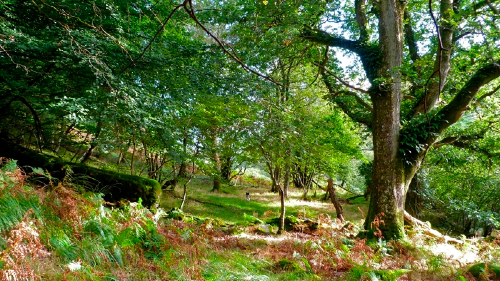
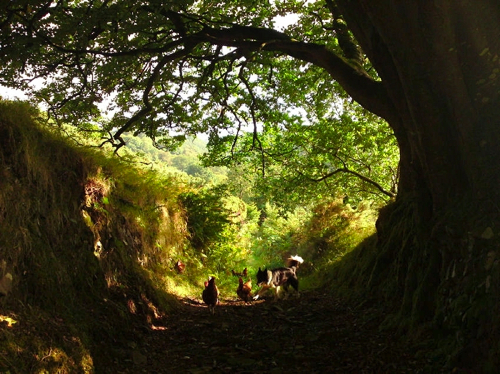
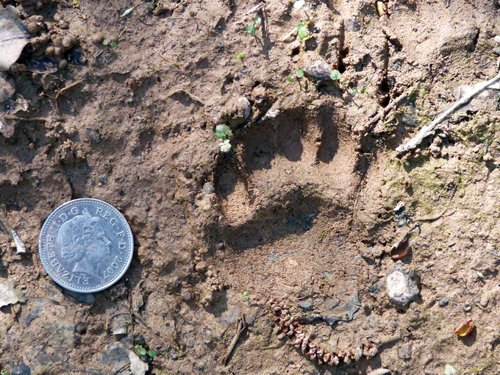
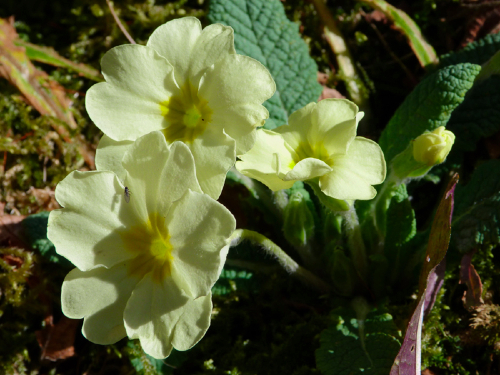

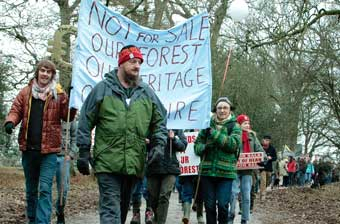

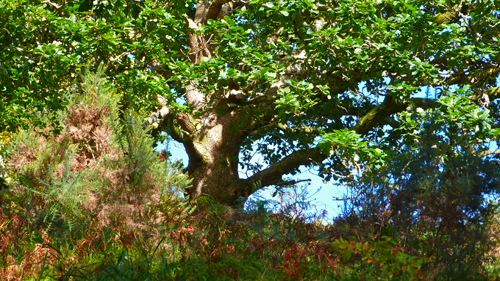
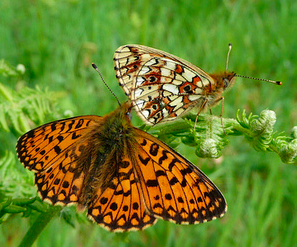
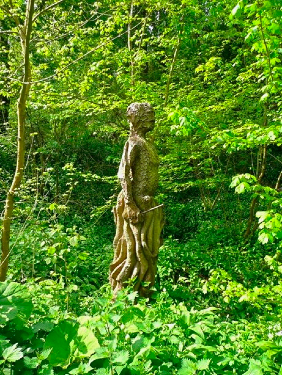
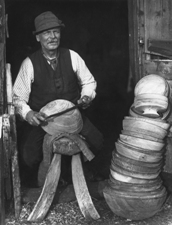



Thanks to Lara for highlighting this, (an issue which affects most land management practitioners). I wanted to include the link to excellent RFS online tree identification – http://www.rfs.org.uk/learning
There is plethora of good organisations and people out there to help with your tree; find out who your local tree warden is and your council tree officer (despite what many think tree officers invariably will do their utmost to protect trees and help in proper management)
The Arb Association have loads of info too – http://www.trees.org.uk/